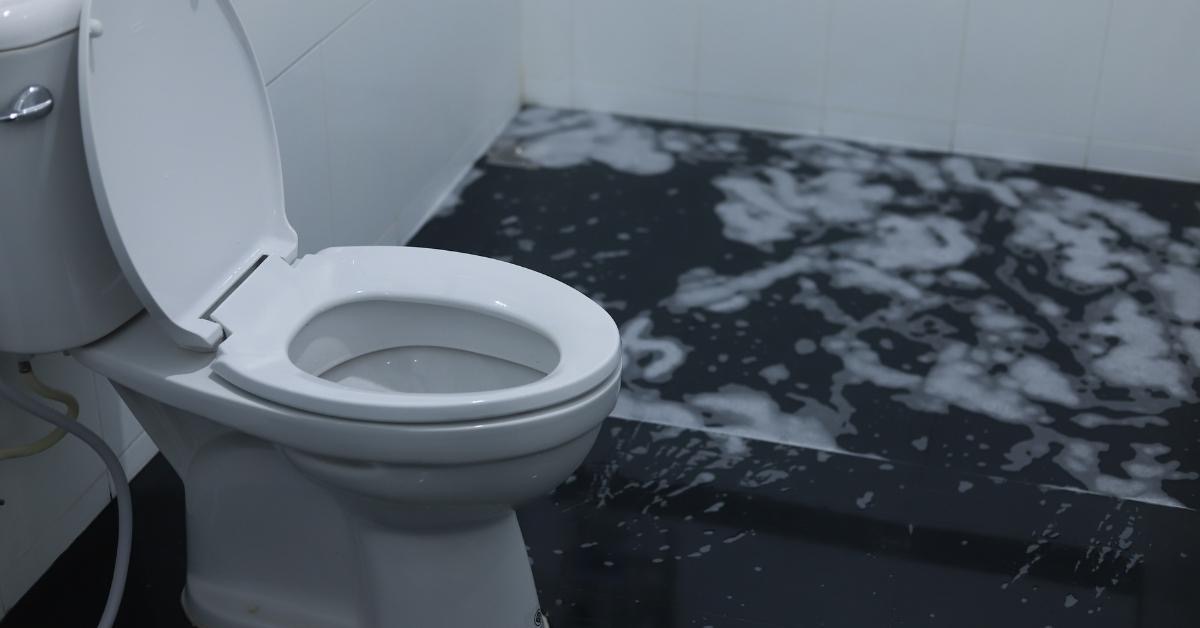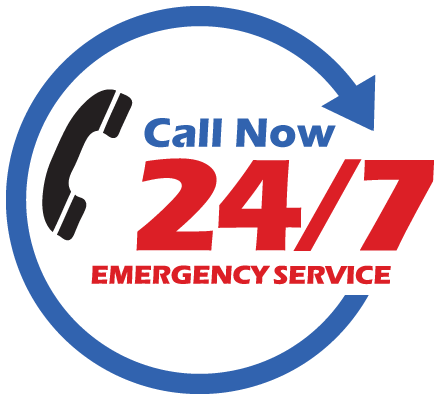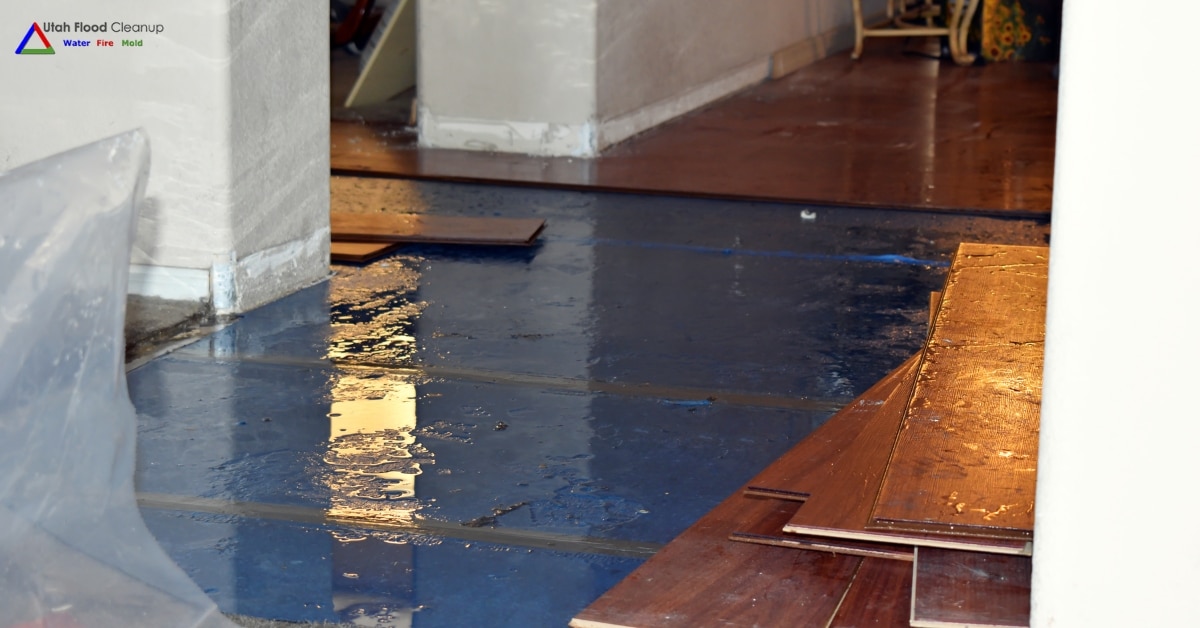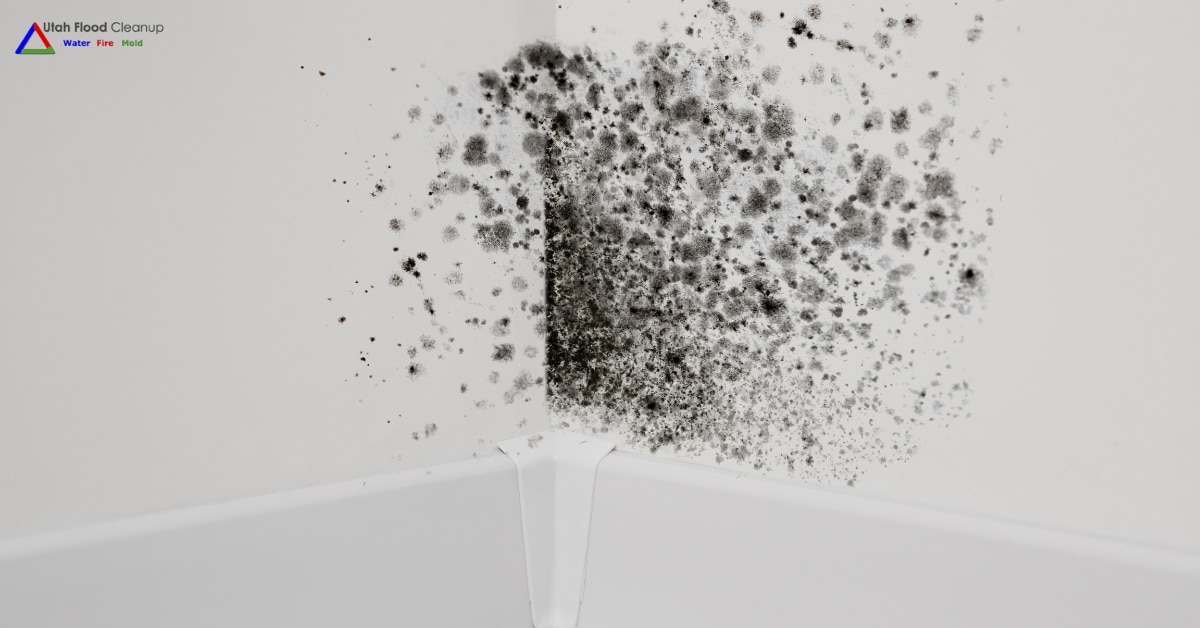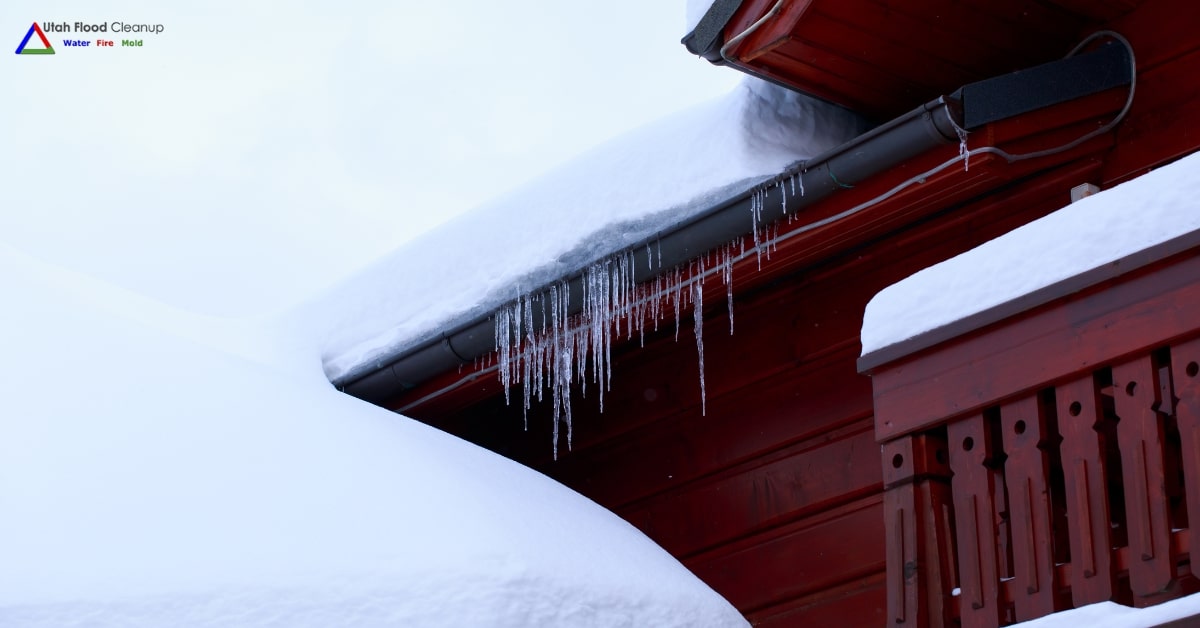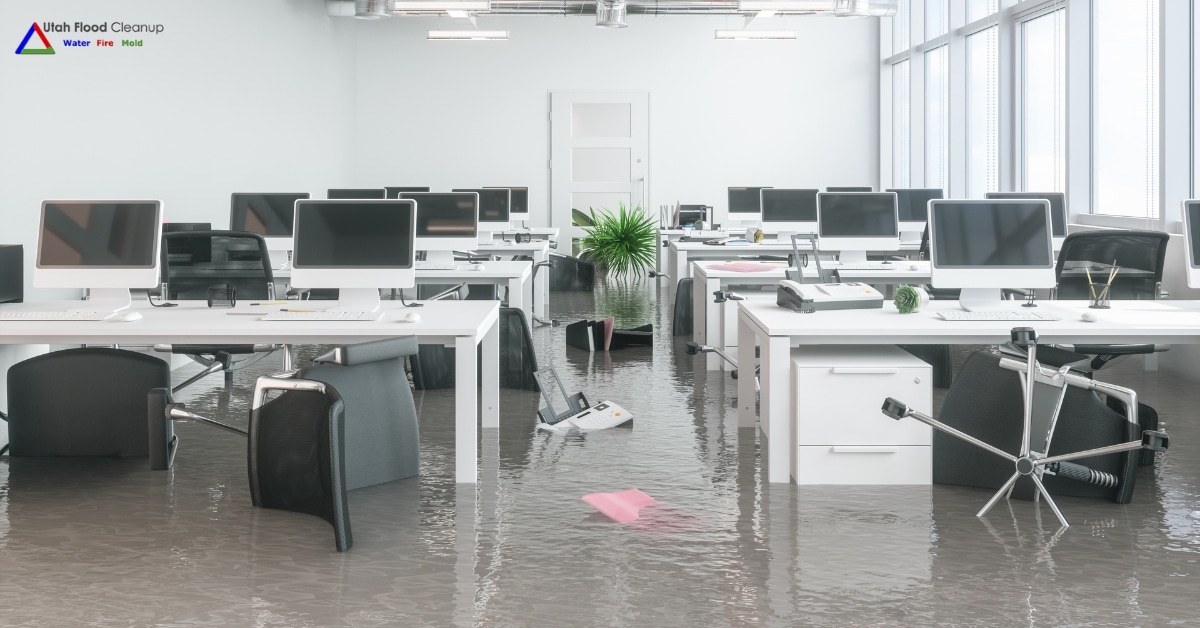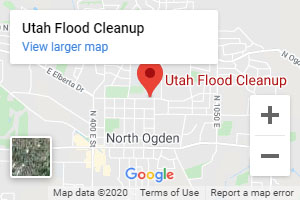If you have never been shocked by the sight of raw sewage overflowing from a toilet, congratulations. You’re probably the only person who has escaped that miserable experience so far. Whether you’ve faced that situation first-hand or not, you still, of course, know the seriousness of proper cleanup and sanitization after a toilet flush overflow. You probably also understand the importance of taking quick action to avoid greater difficulty eliminating bacterial contamination and preventing long-term water damage and/or mold in your home.
What To Do When Your Toilet Is Overflowing
Can a toilet overflow without being clogged? Yes, if the toilet flooding is driven by a backup in a public sewage line coming into your home. If that happens and wastewater is covering floors in rooms beyond the bathroom, you will probably need a professional sewage cleanup service to restore your home to a safe and sanitary condition. But, if the extent of the sewage overflow is limited to a small area around the toilet, you can probably clean and sanitize the area yourself using some basic supplies and tools you have at home:
Stop the Toilet Flooding Bathroom.
First, stop the sewage from continuing to flow into your home, to minimize the potential damage. If possible, get help from another person so that one person can remove the lid from the toilet tank, push down the rubber valve at the bottom of the tank, and lift the float to stop water from flowing into the toilet. The other person can turn off the water valve under the toilet. If you’re alone, you’ll need to shut off the valve as quickly as you can, and you may need to let go of the float while you do that. Just act as quickly as you can to stop the toilet overflowing from tank issues without risking your safety on the wet floor.
Extract All Waste Water.
Raw sewage water must be cleaned up as quickly as possible. Whether there is fecal matter floating in the toilet water or not, you need to clean it all up as quickly as you can while being careful not to slip and fall in the wastewater on the slippery flooded bathroom floor. Use any mop and an abundance of rags, towels, old clothing, and any other cloth you can dispose of afterward. After you shut off the water and stop the toilet from continuing to overflow, extract as much wastewater from the area as you can. Dump it into a bucket and flush it back down the toilet unless it’s clogged. If that’s the case, dump the wastewater into the bathtub or shower.
Plunge the Toilet.
Typically, a toilet overflowing after flushing is a simple fix with a plunger. A plunger is an essential tool to keep in every bathroom. If you don’t have one, go to the nearest store quickly but safely and buy a plunger. You’ll also need a closet auger. (See Step 4 below.) After you get all the sewage water off the floors, use the plunger to unclog the toilet. The plunger may loosen the clog and fully resolve the blockage problem that caused the overflow.
Auger the Sewage Line.
If the plunger is not effective in unclogging the toilet after multiple attempts, use a closet auger. Crank the auger as far as it can go in both directions to dislodge the obstruction. Then, carefully pull the auger out and use the plunger again to clear the clog. If the clog is still not removed, go directly to Step 7: call a sewage cleanup professional.
Dispose of the Waste Water Collected.
Flush all the sewage water you removed from the floor down the toilet. Then throw away the rags or mop used to clean up the sewage water, or clean them several times in bleach water and dry them thoroughly before storing them for future emergency use. Consider buying a replacement mop and new cleaning rags for everyday use.
Clean Away All Contamination.
Of course, the critical step in a toilet overflow cleanup is to sanitize everything that is contaminated by the sewage water in the bathroom or elsewhere. That includes disinfection of all materials, tools, equipment used for the cleanup, and floors outside the bathroom where you may have walked with contaminated shoes. For this step, mix one cup of bleach into each gallon of warm water you use for the cleanup. Wear rubber gloves. It’s best to use an abundance of utility cloths you can throw away instead of washing sewage out of a mop or rags in the bleach water and then reusing them.
When You Need a Professional
If the flooding from a toilet overflow is not extensive, you may be able to clean it up effectively on your own. However, if it has spread to other areas of your home, or has leaked through a ceiling into a room below, etc., professional treatment is probably necessary. It is too easy to miss sewage particles, dangerous bacteria, and moisture that can cause mold growth in some areas.
Utah Flood Cleanup – Your Local Sewage Cleanup Service
Our sewage disaster experts bring the experience and equipment required to decontaminate your home thoroughly after a toilet overflow. We can rapidly resolve any residential disaster that has damaged your property, such as fire, flood, mold, meth lab contamination, asbestos, and other conditions. We’re here for you 24/7 to provide emergency response anytime you need us.
